|
By providing in-situ thermodynamic and kinematic profiles from the ground to the tropopause, radiosonde soundings can provide additional information about the condition of the atmosphere that can be used for forecasting and research. With soundings often accompanying the platforms, MAPNet facilities can readily support the addition of a sounding system. Up to six sounding systems are available (3 Intermet and 3 Windsond). The systems can either be tethered to a facility or be deployed as a stand-alone site. Intermet, more commonly referred to as iMet, sounding systems are designed for full tropospheric soundings while Windsonds use a smaller sonde package and balloon designed for rapid launches to capture boundary layer profiles. Both sounding systems provide temperature, relative humidty, pressure, GPS coordinates, and wind data down to 1-second time intervals. The sonde frequencies are interchangeable which allows for frequent launches. Typical IOPs call for 30-45 minute launch intervals but can be more frequent if necessary. The Windsond system allows for tracking of multiple soundings at once which means several soundings can be launched within a very short time period. |
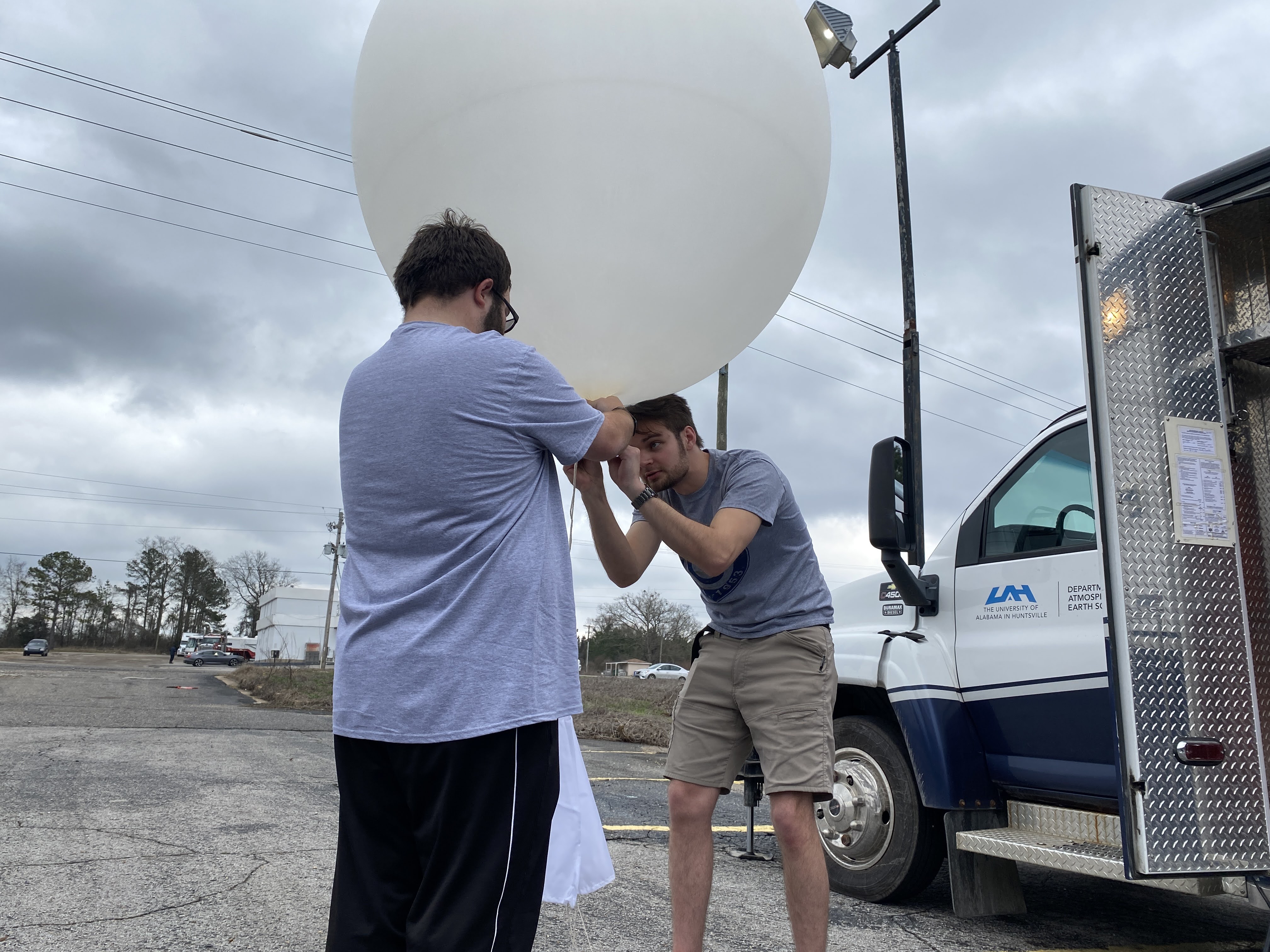
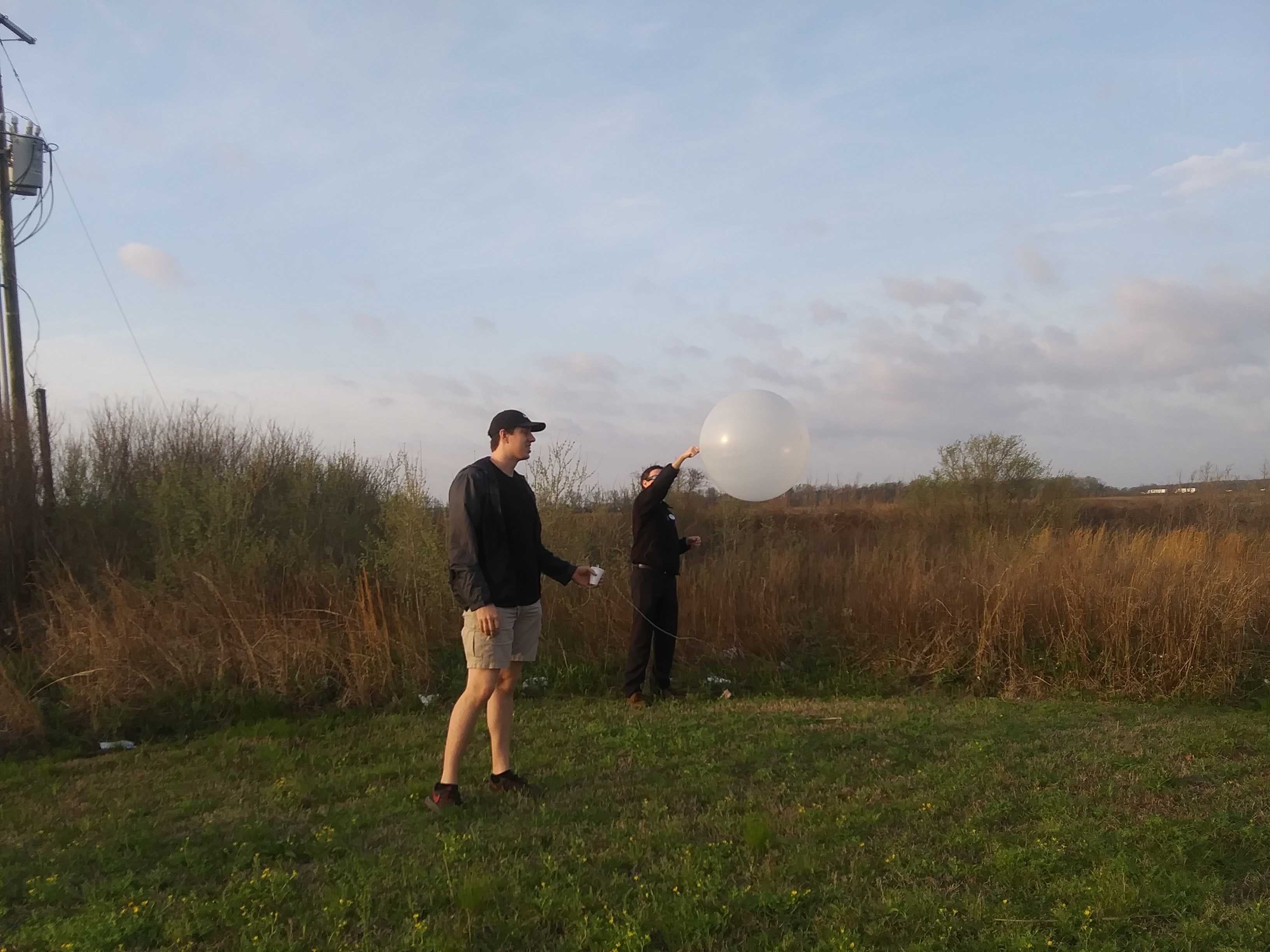
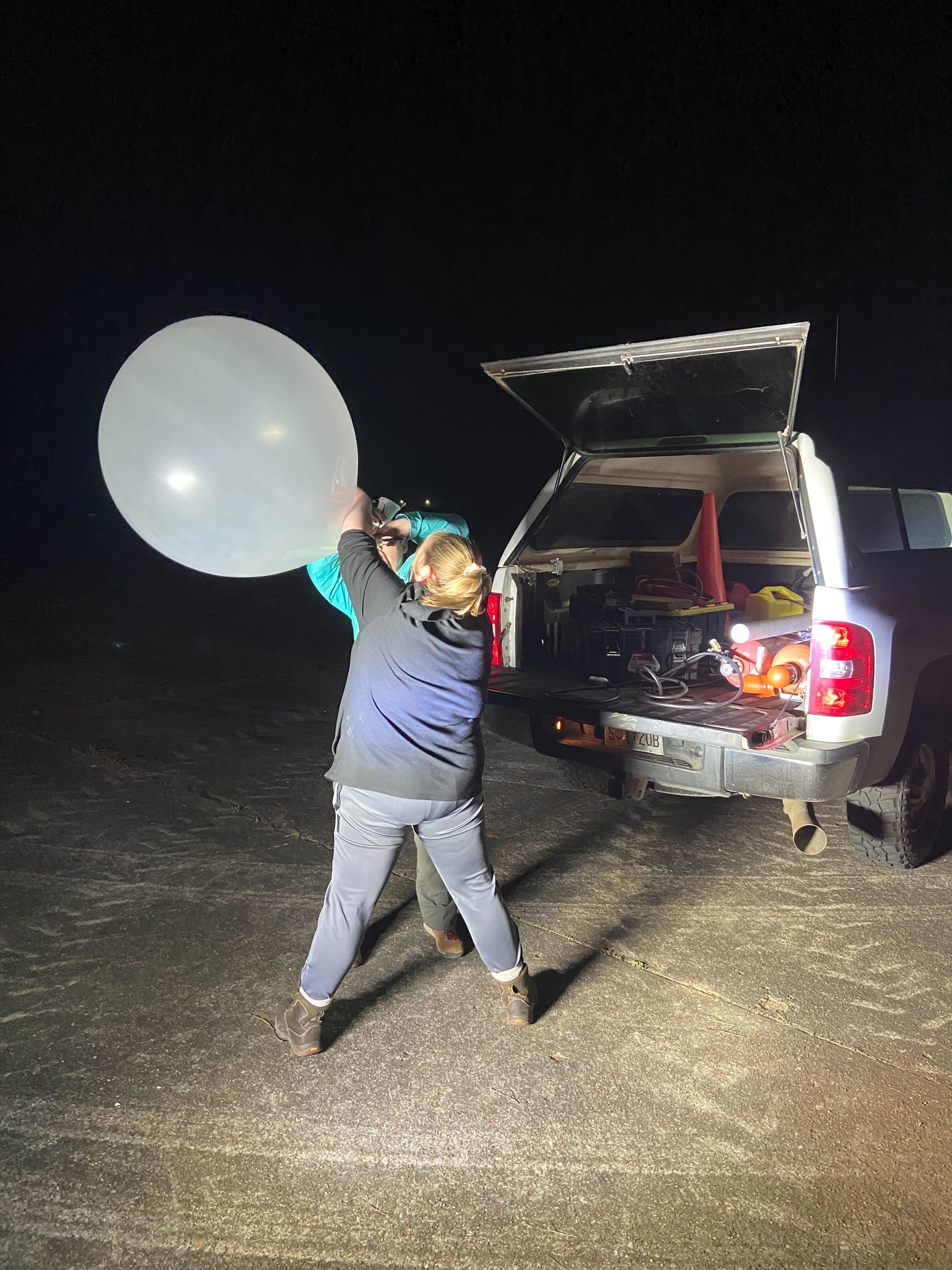
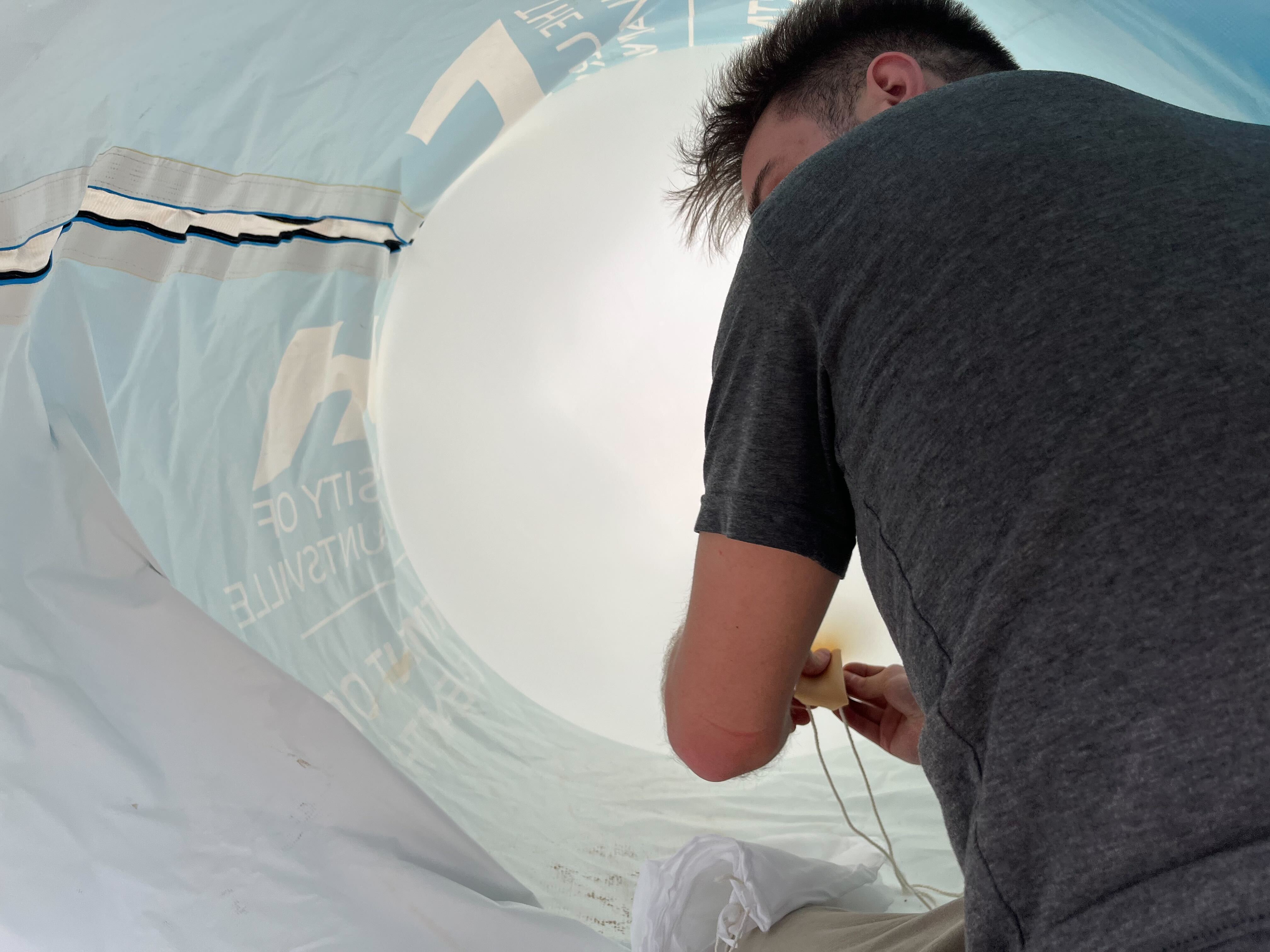
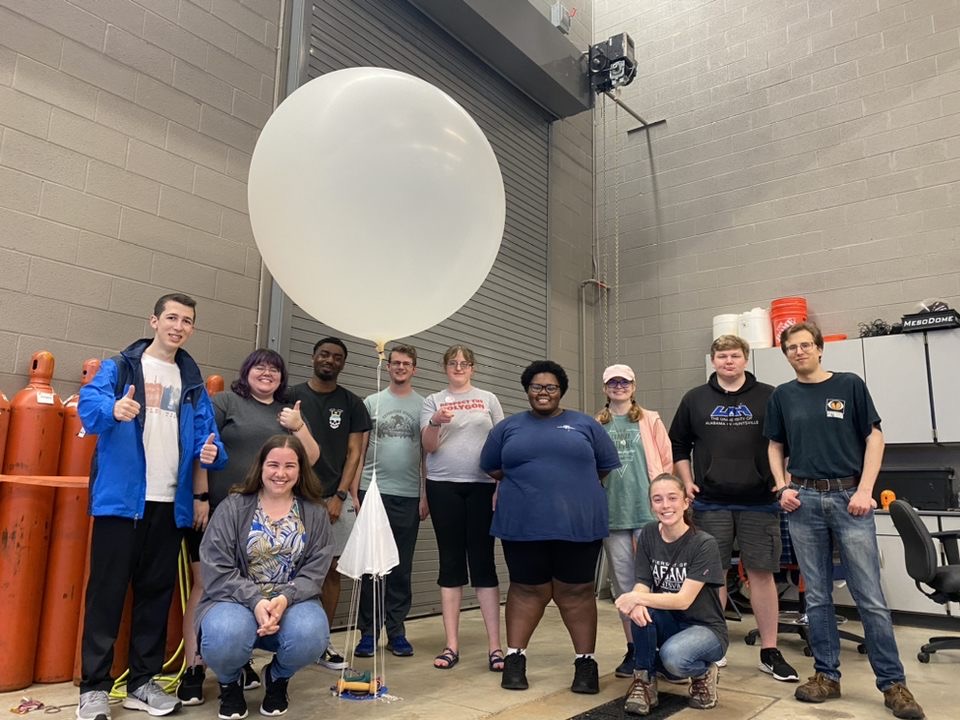
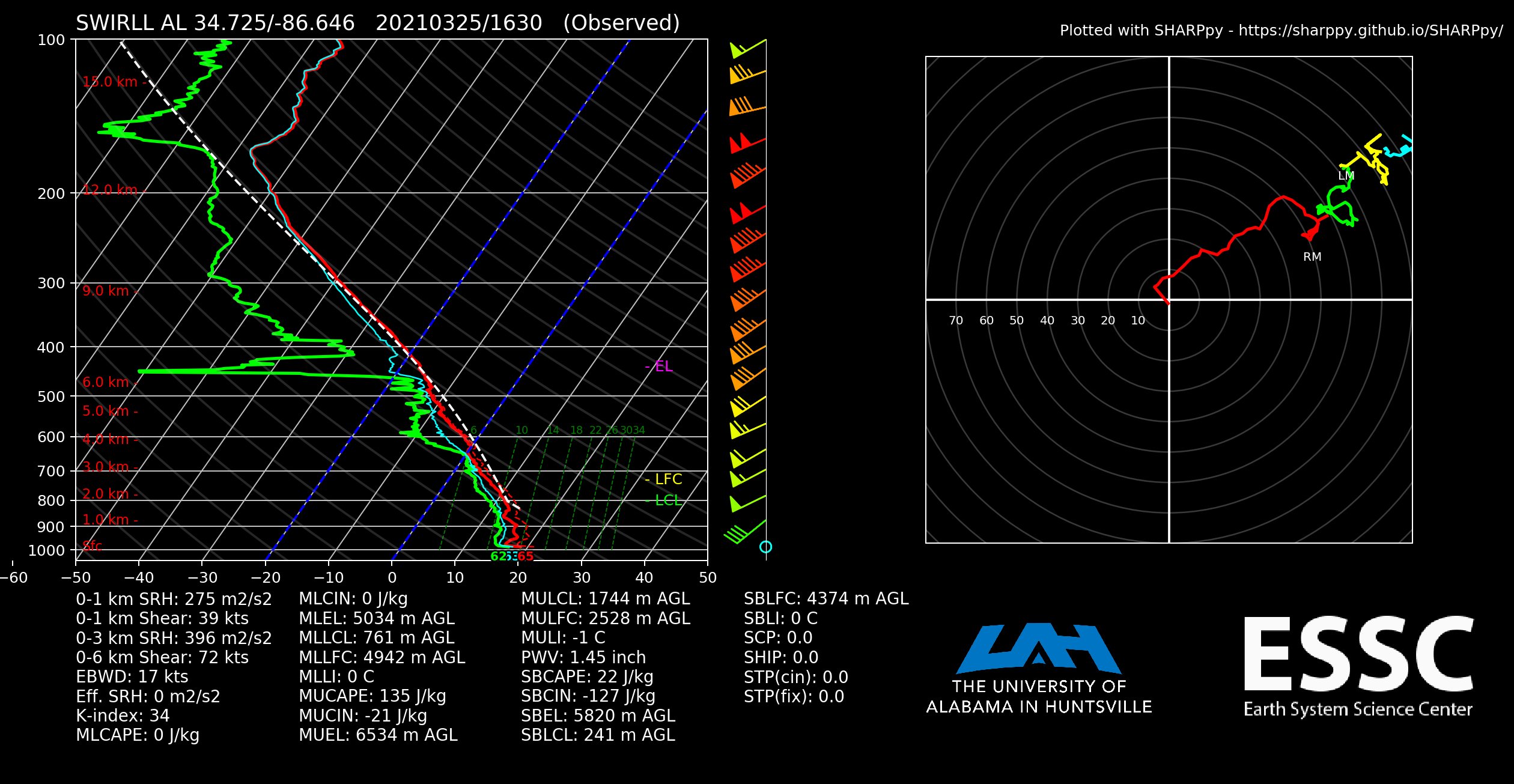
Sounding launched on 25 March 2021 severe weather day. The sounding shows plenty of shear, but SWIRLL is North of the warm front which is limiting strong storms. 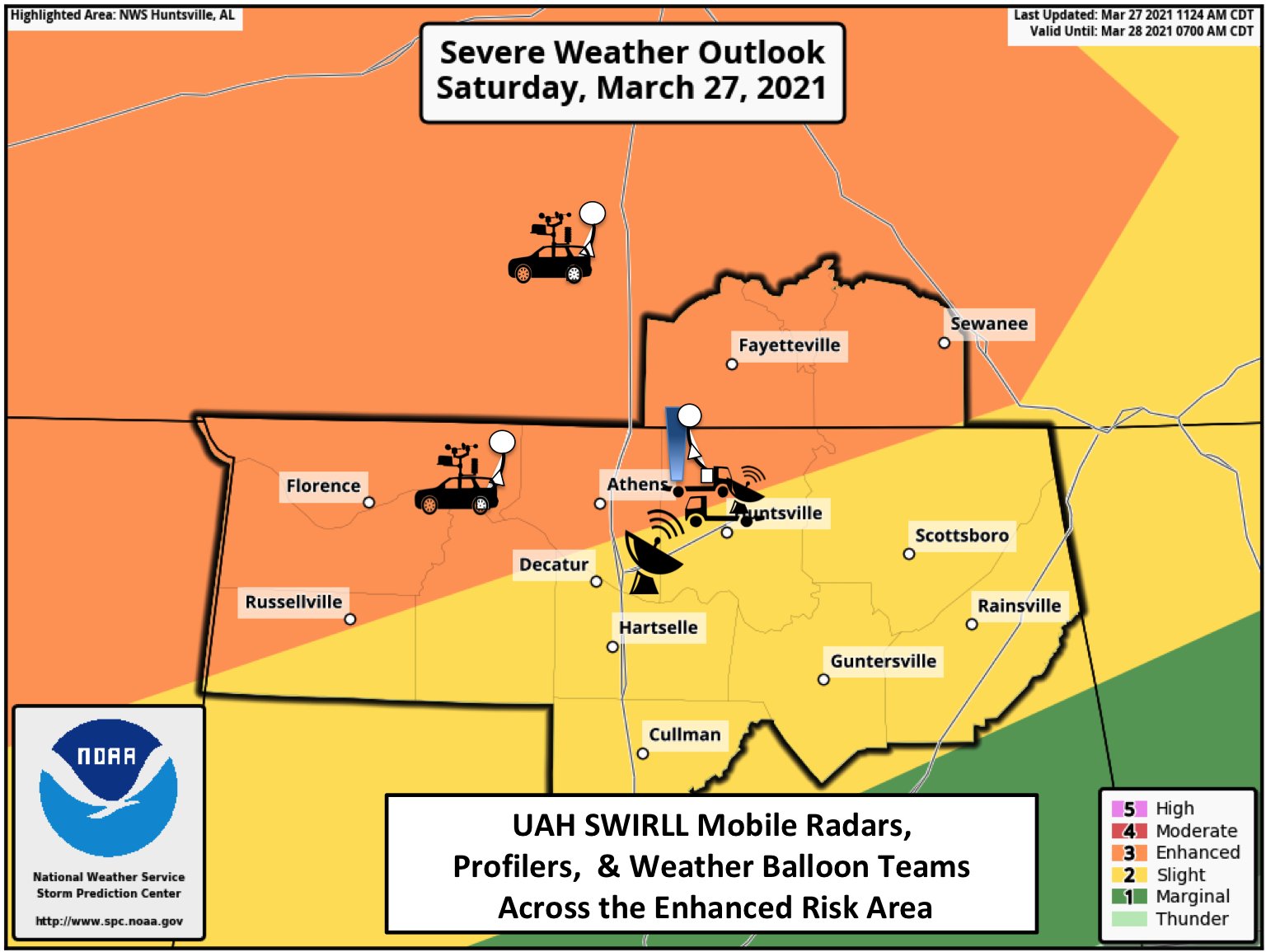
Sounding teams and instruments deployed across N AL and S TN. |
×

